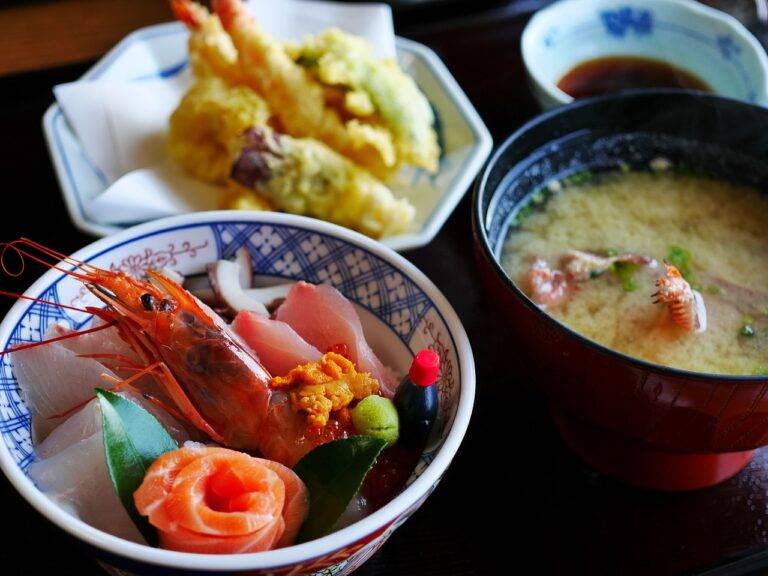The Cultural Significance of Food in Literature: From Food Memoirs to Fictional Feasts
Food has played a significant role in literature throughout history, serving as a vehicle for cultural expression and social commentary. From the vivid feasts of ancient Greek epics to the humble meals described in 19th-century novels, food has been used by writers to evoke a sense of time and place.
In many literary works, food serves as more than just sustenance; it can also symbolize power dynamics, social class, and emotional states of characters. For example, the lavish banquets enjoyed by royalty in Shakespeare’s plays often symbolize excess and decadence, while the meager rations of impoverished characters in Dickens’ novels reflect the harsh realities of poverty.
Exploring Food as a Symbol in Literary Works
In literature, food often serves as a powerful symbol that conveys deeper meanings beyond mere sustenance. Through the various ways in which authors incorporate food into their works, readers can interpret symbolic representations of cultural norms, social status, emotional connections, and even spiritual themes. From lavish feasts symbolizing abundance and excess to meager rations signifying scarcity and struggle, food offers a rich tapestry of symbols that enhance the thematic complexity of literary narratives.
Furthermore, the act of preparing, sharing, or consuming food in literary works can also symbolize interpersonal relationships, community bonds, and moments of intimacy or discord. By emphasizing the rituals and customs surrounding food, authors can subtly communicate themes of unity, power dynamics, and shifts in social dynamics. Whether used to signify love, betrayal, celebration, or loss, food as a symbol in literature adds layers of depth and nuance to the overall storytelling experience, inviting readers to engage with the text on multiple levels.
How has food been used as a symbol in literary works throughout history?
Food has been used as a symbol in literary works for centuries, often representing themes such as abundance, sustenance, temptation, and cultural identity.
Can you provide some examples of famous literary works where food is used as a symbol?
Certainly! In Shakespeare’s “Romeo and Juliet,” the shared pomegranate symbolizes fertility and passion. In “Like Water for Chocolate” by Laura Esquivel, food is used to convey emotions and desires.
How does the historical context of a literary work influence the symbolism of food?
The historical context of a literary work can greatly impact the symbolism of food. For example, during times of famine or war, food may represent scarcity and hardship, while in times of plenty, it may symbolize excess and indulgence.
What are some common food symbols found in literature?
Common food symbols in literature include apples (for temptation or forbidden knowledge), bread (for sustenance or community), and wine (for celebration or communion).
How can readers interpret the use of food as a symbol in literary works?
Readers can interpret the use of food as a symbol in various ways, depending on the context of the work. It is important to consider the cultural, historical, and thematic significance of food in the text.





